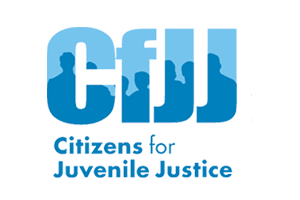
Opinion: Enforcing the law means engaging today’s youth
As a law enforcement executive, I’ve focused on engaging young people, especially those influenced by the aftermath of George Floyd’s death and subsequent Black Lives Matter protests. My visits to community organizations serving youth impacted by violence, poverty and numerous challenges revealed a troubling perspective – many of these young individuals view the police as an occupying force, worsening the struggles in their lives.









